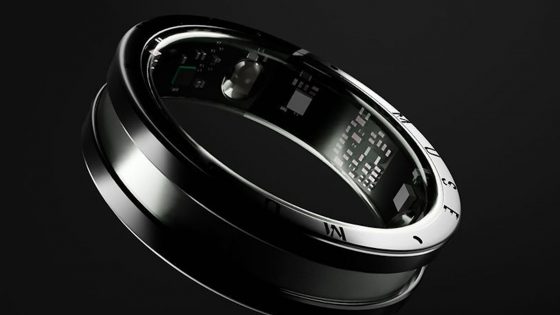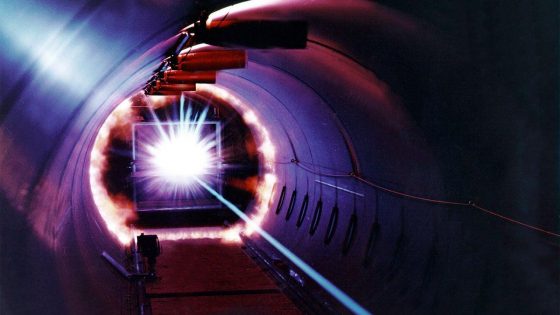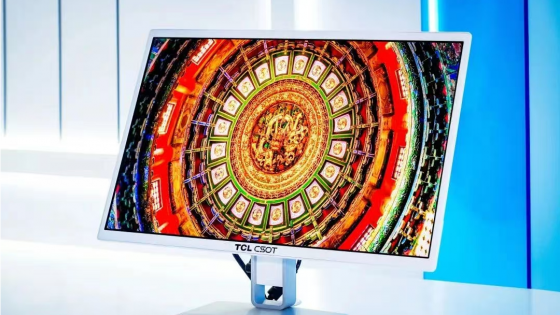China accelerates the future with photonic quantum chip

China has unveiled a photonic quantum chip that is said to significantly speed up complex calculations by more than a thousand times, marking one of the country's biggest steps in next-generation computing.
The chip, developed by CHIPX and Turing Quantum, combines dense optical integration, rapid development cycles, and a pilot production line capable of producing about 12,000 6-inch wafers per year. This positions China to expand photonic hardware for data centers, artificial intelligence, and quantum research.
Despite the progress, questions remain about operational stability, error behavior, and mass adoption. Claims of a thousand-fold speedup over GPUs are tied to specific tasks, not general computing performance.
The chip was among 17 technologies recognized at the Wuzhen 2025 World Internet Conference. Photonic quantum chips use light instead of electricity, enabling faster data transfer while consuming less energy. Researchers describe it as a bridge between classical computing and future quantum systems.
CHIPX has established a full production cycle – from wafer design and fabrication to packaging, testing and system integration – which is rare even among the world's leading photonics companies. The new thin-film lithium niobate wafers can each yield approximately 350 chips.
Although the annual capacity of 12,000 wafers is modest compared to traditional semiconductor factories that produce hundreds of thousands of 200mm or 300mm wafers, it represents a significant industrial step forward in photonics. They also plan to upgrade to 20.32cm wafers, which would lower costs and enable wider use.
The chip's use is already expanding into aerospace, biomedicine, and financial modeling. However, challenges remain: photonic systems are sensitive to manufacturing imperfections and thermal changes, raising questions about long-term reliability.






























